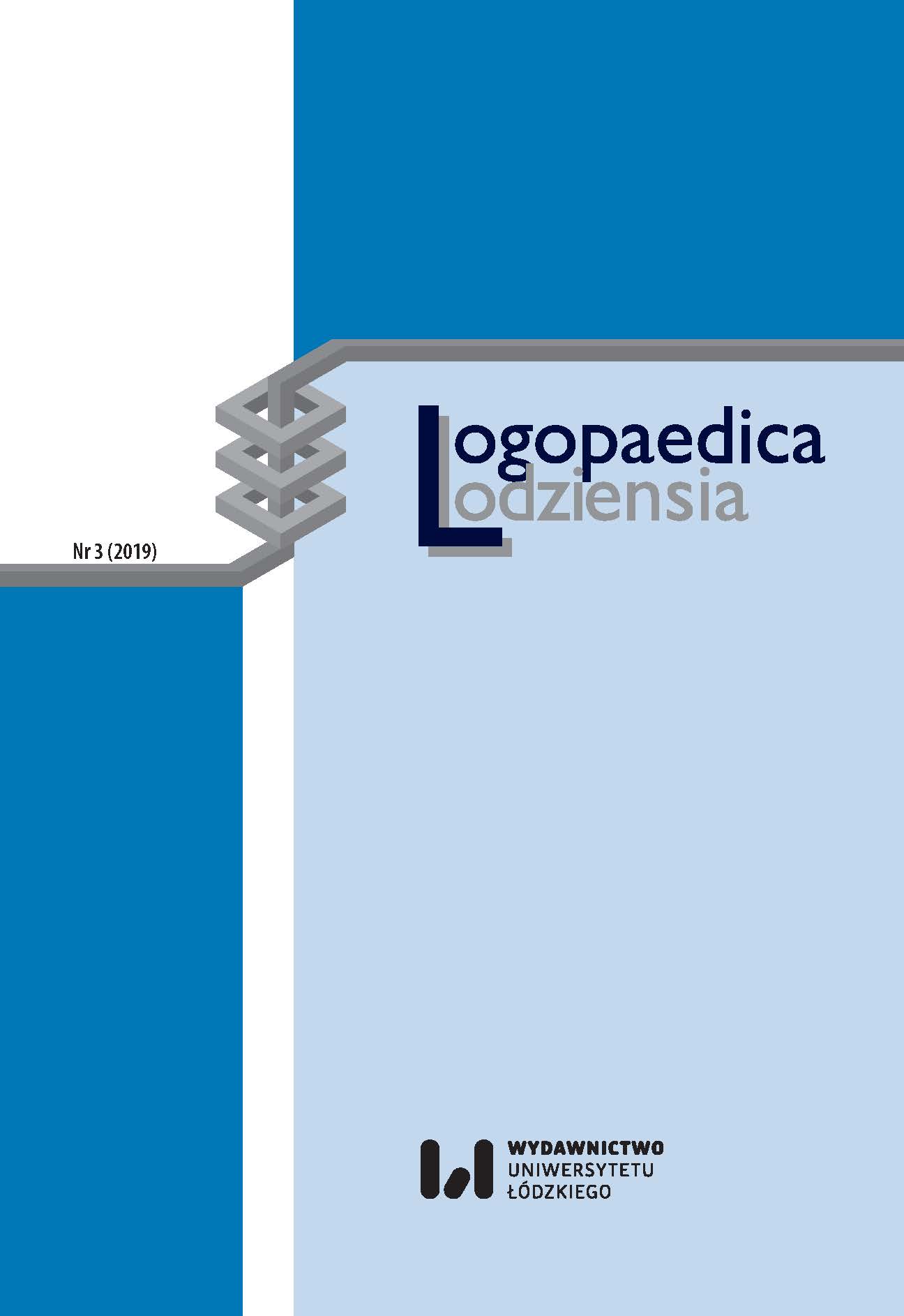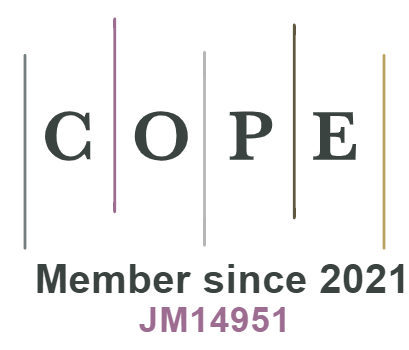Wpływ wypowiedzi polskich youtuberów na kształtowanie się kompetencji językowej u dzieci – zarys problematyki
DOI:
https://doi.org/10.18778/2544-7238.03.12Słowa kluczowe:
youtuber, Minecraft, kompetencje językowe, błędy językoweAbstrakt
Na przestrzeni ostatnich lat obserwuje się niesłabnącą popularność serwisu internetowego YouTube. Każdy może w nim umieszczać tworzone przez siebie nagrania, a ci, którzy robią to regularnie na swoich kanałach, są nazywani youtuberami. Obserwowanie fenomenu youtuberów i ich wpływu na zachowania językowe współczesnych dzieci stało się inspiracją do powstania tego tekstu. Wypowiedzi dzieci pokazują bowiem, że „niewinne oglądanie” krótkich filmików może mieć na nich duży wpływ. Przedmiotem artykułu jest krótka analiza językowa wypowiedzi youtuberów opowiadających o popularnej wśród dzieci i młodzieży grze Minecraft. Wypowiedzi te cechują różnego rodzaju odstępstwa od normy językowej, przejawiające się na przykład nagminnym stylem potocznym. Podjęte rozważania językoznawcze chcę odnieść do procesu kształtowania się prawidłowych nawyków językowych u dzieci. Nagrania youtuberów są (niestety!) bardzo popularne nawet wśród przedszkolaków. Chcę zwrócić uwagę na ich szkodliwość i możliwy negatywny wpływ na kształtowanie się prawidłowych wzorców językowych.
Pobrania
Bibliografia
Clark E. V., 2007, Przyswajanie języka: słownik i składnia, [w:] B. Bokus, G. W. Shugar (red.), Psychologia języka dziecka. Osiągnięcia, nowe perspektywy, Gdańsk: Gdańskie Wydawnictwo Psychologiczne, s. 136–174.
Google Scholar
Czym jest Minecraft?, www.minecraft.net/pl‑pl/what‑is‑minecraft (dostęp: 20.06.2019).
Google Scholar
Gajda S., 2003, Lingwistyczne podstawy logopedii, [w:] T. Gałkowski, G. Jastrzębowska (red.), Logopedia. Pytania i odpowiedzi. Podręcznik akademicki, t. 1, Opole: Wydawnictwo Uniwersytetu Opolskiego, s. 11–82.
Google Scholar
Grabias S., 1997, Mowa i jej zaburzenia, [w:] T. Gałkowski (red.), Audiofonologia, t. X, Lublin: Polski Komitet Audiofonologii, s. 9–36.
Google Scholar
Grabias S., 2014, Teoria zaburzeń mowy. Perspektywy badań, typologie zaburzeń, procedury postępowania logopedycznego, [w:] S. Grabias, M. Kurkowski (red.), Logopedia. Teoria zaburzeń mowy. Podręcznik akademicki, Lublin: Wydawnictwo Uniwersytetu Marii Curie‑Skłodowskiej, s. 15–71.
Google Scholar
Grabias S., 2017, Język w diagnozowaniu umysłu. Terapia logopedyczna a poznawcza i interakcyjna funkcja języka, [w:] D. Pluta‑Wojciechowska, B. Sambor (red.), Współczesne tendencje w diagnozie i terapii logopedycznej, Gdańsk: Wydawnictwo Harmonia, s. 35–63.
Google Scholar
Kaczmarek L., 1977, Nasze dziecko uczy się mowy, Lublin: Wydawnictwo Lubelskie.
Google Scholar
Kuszak K., 2014, Kompetencje językowe małego dziecka – zarys problematyki, „Studia Edukacyjne”, nr 33, s. 45–67.
Google Scholar
DOI: https://doi.org/10.14746/se.2014.33.4
Łuczyński E., 2004, Kategoria przypadka w ontogenezie języka polskiego, czyli o wchodzeniu dziecka w rzeczywistość gramatyczną, Gdańsk: Wydawnictwo Uniwersytetu Gdańskiego.
Google Scholar
Markowski A., 2018, Kultura języka polskiego. Teoria. Zagadnienia leksykalne, Warszawa: Wydawnictwo Naukowe PWN.
Google Scholar
Nagórko A., 2012, Podręczna gramatyka języka polskiego, Warszawa: Wydawnictwo Naukowe PWN.
Google Scholar
Nowy kwadratowy świat. Na czym polega fenomen gry MINECRAFT?, www.technologia.dziennik.pl/internet/artykuly/479283,nowy‑kwadratowy‑swiat‑na‑czym‑polega‑fenomen‑gry‑minecraft.html (dostęp: 20.06.2019).
Google Scholar
Porayski‑Pomsta J., 2011, Zagadnienie periodyzacji rozwoju mowy dziecka, „Studia Pedagogiczne. Problemy Społeczne, Edukacyjne i Artystyczne”, t. 20, s. 173–198.
Google Scholar
Romanowski R., 2004, Współczesny język potoczny: analiza i charakterystyka w kontekście aktualnych zjawisk kulturowych, „Pisma Humanistyczne”, nr 6, s. 128–142.
Google Scholar
Stefan A., 2016, Substytucje fonetyczne w procesie nabywania kompetencji językowej u dzieci, [w:] E. Boksa, A. Rosińska‑Mamej, J. Senderska (red.), Język – człowiek – świat. Różne aspekty komunikacji międzyludzkiej, Kielce: Kieleckie Towarzystwo Naukowe, s. 193–201.
Google Scholar
Stefan A., 2017, O żywotności rzeczowników nieżywotnych w języku polskim i słoweńskim, [w:] A. Kołodziej, T. Piasecki (red.), Słowiańszczyzna dawniej i dziś – język, literatura, kultura. Monografia ze studiów slawistycznych III, Nakladatelství Pavel Mervart, Červený Kostelec, s. 263–275.
Google Scholar
WHO oficjalnie uznaje uzależnienie od gier wideo za chorobę, www.purepc.pl/rozrywka/who_oficjalnie_uznaje_uzaleznienie_od_gier_wideo_za_chorobe (dostęp: 26.06.2019).
Google Scholar
YouTube, www.youtube.com/intl/pl/yt/about/press (dostęp: 20.06.2019).
Google Scholar
Pobrania
Opublikowane
Jak cytować
Numer
Dział
Licencja

Utwór dostępny jest na licencji Creative Commons Uznanie autorstwa – Użycie niekomercyjne – Bez utworów zależnych 4.0 Międzynarodowe.












